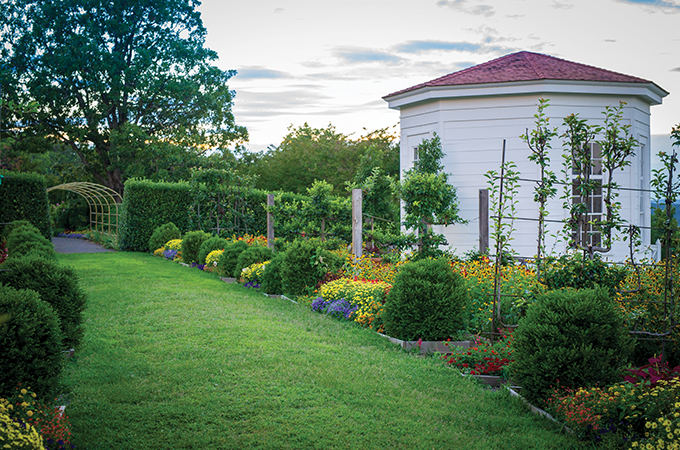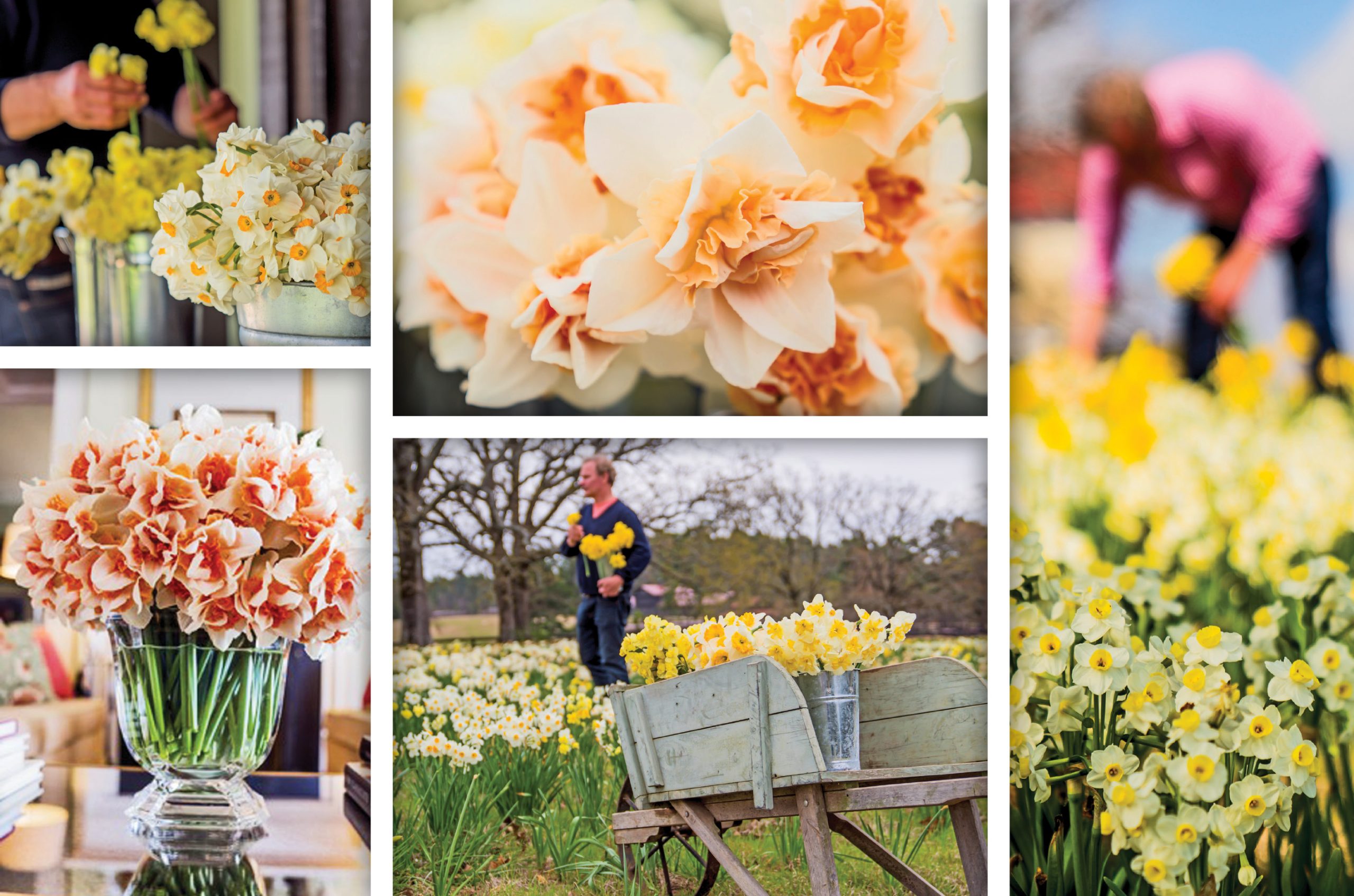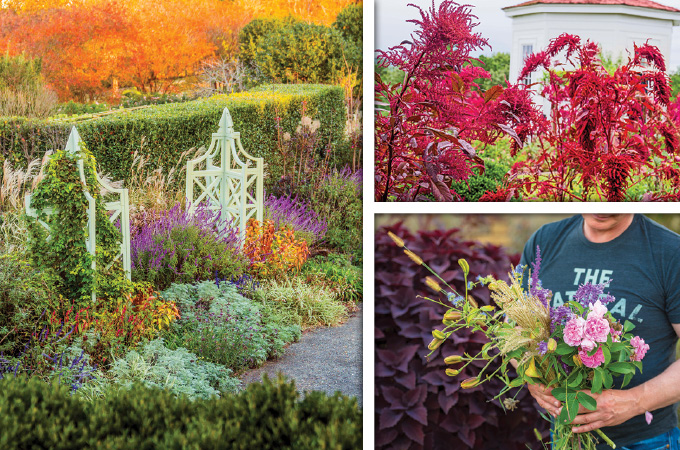A healthy, green lawn is an important element of my landscape design at Moss Mountain Farm. Early fall is the best time to take care of lawn maintenance tasks like fertilizing, treating for weeds and over-seeding thin spots so grass is healthy going into winter. You will be rewarded with a vibrant, healthy lawn next spring.
Q: The weeds in my lawn have taken over! What can I do to stop them?
Some weeds actually can be beneficial. I let clover grow in my lawn. It has long been included in many lawn seed mixes because it is drought tolerant, resists nearly all lawn pests and diseases, feeds bees with its blooms, and is always green.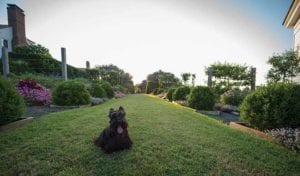
But weeds like chickweed, hairy bittercress and ground ivy need to be kept under control, or they eventually will take over. If there aren’t too many yet, dig them out by hand to avoid using herbicides. There also are organic and synthetic options for spot-treating weeds which eliminate the need for a blanket application of weed- and-feed. If your lawn has more weeds than grass, you might want to contact a professional to perform a one-time ‘rescue operation.’
Q: My lawn has been brown all summer, but it’s finally starting to come back. What should I do now so it looks good next year?
You’re smart to think ahead when it comes to the health of your lawn. An ounce of prevention leads to a pound of cure, as they say. If you plan to care for your lawn yourself, I’d recommend getting a soil test from a cooperative extension service office near you. The test is usually free or offered for a very low cost, and the report will tell you exactly which nutrients your lawn needs to grow better. Once you know what kind of fertilizer is needed, apply it in early fall to give your lawn a chance to regrow a healthy root system before winter.
When summer gets really hot, many people let their lawn go dormant, which gives it that overall brown cast. Once temperatures ease up, start watering your lawn regularly to encourage it to ‘green up’ for the fall and early winter. The combination of fall fertilization and watering will help your lawn go into winter healthy, so it emerges strong next spring.
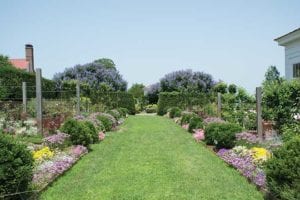 Q: We would like to plant new grass in areas before winter. What kind of grass seed would you recommend?
Q: We would like to plant new grass in areas before winter. What kind of grass seed would you recommend?
In the St. Louis area, the climate puts you in a transition zone between cold season and warm season grasses, so grass seed mixes sold locally typically contain a blend of varieties. Bermuda, tall fescue, perennial ryegrass and zoysia grasses are popular choices. State law requires that all grass seed mixes are labeled with their exact contents, so check to make sure it contains the varieties you need before you buy it.
Q: Do I have to rake the leaves off my lawn in the fall, or can I leave them to decompose?
Leaves are one of mother nature’s most valuable resources. studies have shown that mulching leaves into your lawn over a period of three years can virtually eliminate dandelions and crabgrass. So, set your mower deck up high, and take a few passes over your fallen leaves this fall instead of raking them every week. The little shreds of leaves will filter down into the soil, smother any weed seeds and add essential nutrients to the earth.
Photo: Mark Fonville
P. Allen Smith is an author, conservationist and TV host of Garden Home on PBS and Garden Style (check your local listings). He uses his Arkansas home, Moss Mountain Farm, to promote the local food movement, organic gardening and the preservation of heritage poultry. For tours of the farm, visit pallensmith.com/tours.





